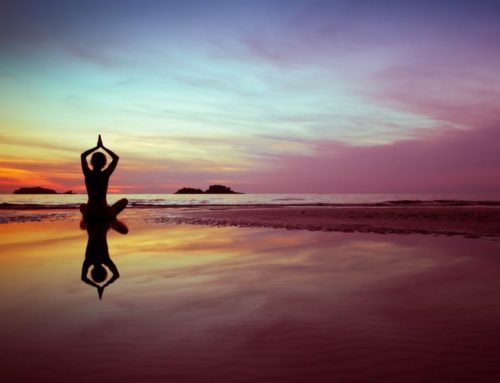Ashtanga Yoga
It is based on ancient yoga text thousands of years old that stated there were eight limbs, or supports, that serve as the foundation of a yoga practice. Yoga means union, so the eight limbs help unite mind, body and spirit. Ashtanga Yoga.
* Not doing or killing harm (ahimsa).
* Truthfulness.
* Honesty.
* Self-control.
* Not being envious.
2. Niyama.
Niyama refers to self-discipline and spiritual practice in one’s daily life. This can be gained through meditation, the practice of mindfulness, and/or attending a house of worship and leading a good life.
There are five niyamas:
* Cleanliness.
* Contentment.
* Spiritual control and self-denial.
* Study of the sacred scriptures, and of one’s self, trying to tap into your higher power.
* Surrendering to God.

The first four limbs focus on one person perfecting themself. The other four limbs relate to how a person is connected with other living beings and the universe as a whole. This is achieved through meditation. Ashtanga Yoga.
Pratyahara means withdrawal of external awareness so we can focus within to improve ourselves. In this way we can work on our bad habits, past issues, or anything that might interfere with harmonious relationships or our own spiritual growth.
Pratyahara creates the conditions for dharana, concentration. We can harness the power of our mind more fully once we remove distractions. The mantra OM helps focus.
Dhyana can be translated as contemplation, when the mind is most focused and able to concentrate. There is no more “chatter” in the mind, but rather stillness and clarity.
Samadhi is a state of bliss or ecstasy achieved through meditation, a state of feeling spiritually connected to the universe, a union of mind, body and spirit. It is gained through regular practice of physical yoga and mental training. Ashtanga Yoga.
Most modern yogas do not concern themselves with all eight limbs, though all require self-discipline. Hatha, Kundalini and Ashtanga might be right for you if you are interested in yoga as a transformative process complete with meditation and breath work. Ashtanga Yoga.
Ashtanga yoga has seven levels, one basic, two intermediate, and four advanced, and is very vigorous. Even the most skilled practitioners have rarely been able to reach the two highest advanced levels. This yoga would be ideal for people who are fit and young, but not for seniors or those with health issues.
Ashtanga yoga gets its name from asha and tanga, eight limbs. It is based on ancient yoga text thousands of years old that stated there were eight limbs, or supports, that serve as the foundation of a yoga practice. Yoga means union, so the eight limbs help unite body, spirit and mind. Asanas are the physical postures practiced in yoga. Ashtanga Yoga.
You can do pranayama on its own, or as part of your yoga practice, such as Yinyasa, Kundalini and Hatha.







Leave A Comment